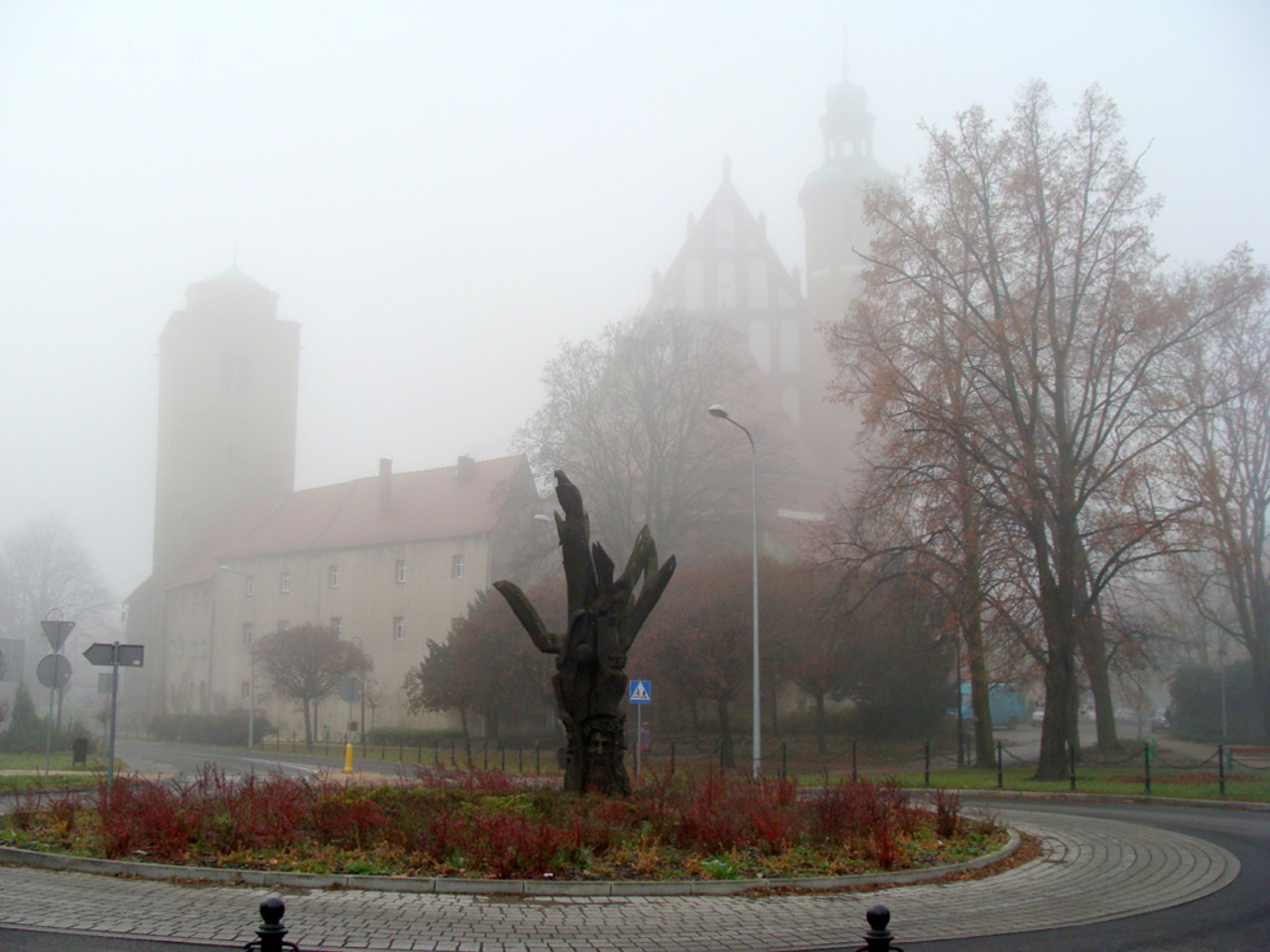
Wine Tasting
What is the which means of wine tasting?
Wine tasting is a sensory exercise that includes the analysis of wine by way of numerous features. It engages your senses to appreciate and identify the unique traits and qualities of various wines.
- Sight: Observing the colour, readability, and viscosity of the wine.
- Smell: Swirling the wine in a glass to launch its aromas and then inhaling to identify completely different scents.
- Taste: Taking a sip to explore the flavors, textures, and steadiness of the wine.
- Finish: Noting the aftertaste and how long the flavors linger on the palate.
Overall, wine tasting is not only about ingesting wine but entails a deeper appreciation of its complexities and subtleties.
Steps in Wine Tasting
- Preparation: Gather the required tools – wine glasses, palate cleansers, and a notepad if desired.
- Examine: Observe the wine’s look within the glass.
- Swirl: Gently swirl the wine to expose it to air.
- Smell: Bring the glass to your nose and take a deep inhale.
- Taste: Sip the wine and let it coat your palate.
- Reflect: Take notes and share your impressions.
Wine tasting can be a enjoyable and educational expertise, whether or not done alone or with others, and allows individuals to develop their palate and recognize the variety of wines available.
What is the process of wine tasting?
Wine tasting is an art that entails a structured approach to savoring the complicated flavors, aromas, and textures of wine. Below is a methodical approach to conduct a wine tasting:
1. Look
Begin by analyzing the wine in your glass. Hold it towards a white background to watch its color and clarity. Take notice of the wine’s viscosity, which may indicate its body.
2. Swirl
Gently swirl the wine in the glass. This motion releases the wine’s aromas. It permits oxygen to interact with the wine, 광주유흥; Http://Raffa.Ru/Bitrix/Rk.Php?Goto=Http://Www.Jibril-Aries.Com/Aries/Aries.Cgi, enhancing its fragrance.
3. Smell
Bring the glass to your nose and inhale deeply. Try to determine different aromas. They can range from fruity, floral, natural, to earthy notes. This step is crucial because the sense of scent plays a big position in taste notion.
4. Taste
Take a small sip of the wine, permitting it to coat your palate. Focus on its flavors, acidity, sweetness, tannin ranges, and body. Consider how these components balance and work together with one another.
5. Evaluate
Finally, replicate on the wine’s general profile. Assess the finish — how long the flavors linger after swallowing. Think about the wine’s complexity and whether or not you loved it.
By following this methodology, you can improve your wine tasting expertise and develop a deeper appreciation for various wines.
How to grasp wine tasting?
Grasping the art of wine tasting includes understanding the sensory elements of wine and refining your palate. Here are some steps that can assist you learn to style wine effectively:
1. Prepare Your Environment
- Choose a well-lit space to watch colour.
- Ensure the area is free from robust odors that would intrude with your tasting expertise.
2. Use the Right Glassware
Using a correct wine glass helps in concentrating the aromas. Opt for a glass that’s clear and has a tulip form.
3. Observe the Wine
- Visual Assessment: Hold the glass towards a white background to see the wine’s shade and clarity.
- Swirling: Gently swirl the wine to release its aromas.
4. Smell the Wine
Take a moment to inhale the aromas. Try to establish totally different scents.
- Fruits, spices, herbs, and other aromatic notes could be detected.
- Focus on each the preliminary aromas and people who emerge after swirling.
5. Taste the Wine
- Initial Taste: Take a small sip and let it sit on your tongue.
- Identify Flavors: Try to pinpoint the flavors you expertise.
- Texture and Body: Consider whether or not the wine is mild, medium, or full-bodied.
6. Evaluate the Finish
Take notice of the aftertaste. A longer finish is usually an indicator of a higher high quality wine.
7. Take Notes
Recording your thoughts on completely different wines might help refine your palate over time. Include:
- Wine name and vintage
- Aroma and flavor notes
- Overall impression, including mouthfeel and finish
8. Practice Regularly
The more you taste, the higher you’ll turn out to be at identifying totally different traits in wine. Join wine tasting occasions or create your own tastings with associates.
With time and expertise, you may develop a deeper understanding and appreciation of wine. Happy tasting!